9 Best Plants To Hide AC Units ( Jaipur , Rajasthan )
9 Best Plants to Hide AC Units
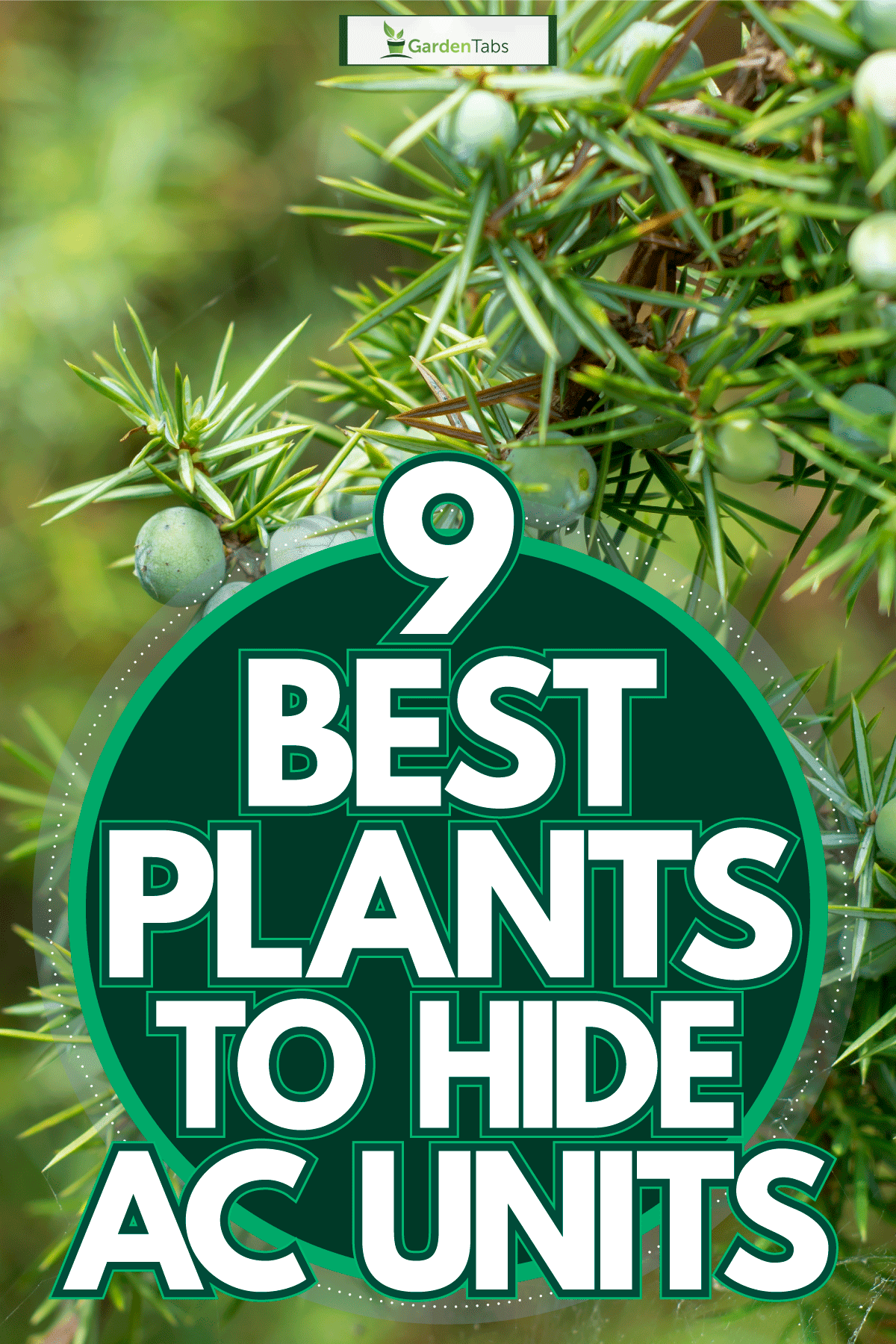
Air conditioning units are essential to keeping our homes nice and cool. However, these machines often detract from the overall beauty of the house. If you're interested in hiding your AC with plants, then you may be wondering which ones are best. We've done the research and can help you with this important task!
Plants covering your air conditioner should be tall and should preferably have foliage all year. We've listed 10 of the best types of screens for your AC below:
- Arborvitae (Thuja occidentalis)
- Boxwood (Buxus spec.)
- Pacific Yew (Taxus brevifolia)
- False Holly (Osmanthus heterophyllus)
- Hedge Bamboo (Bambusa multiplex)
- Cherry Laurel (Prunus lauroscerasus 'Otto Luyken')
- Common Juniper (Juniperus communis)
- Climbing roses (Rosa spec.)
- Chocolate Vine (Akebia quinata)
Owning an AC unit doesn't mean that you have to see it all the time! Keep reading to learn more about these plants that are capable of hiding your appliances. You'll also learn more important things, such as how close you can plant next to your AC and more!
Plants To Conceal Outdoor AC Unit
1. American Arborvitae (Thuja Occidentalis)
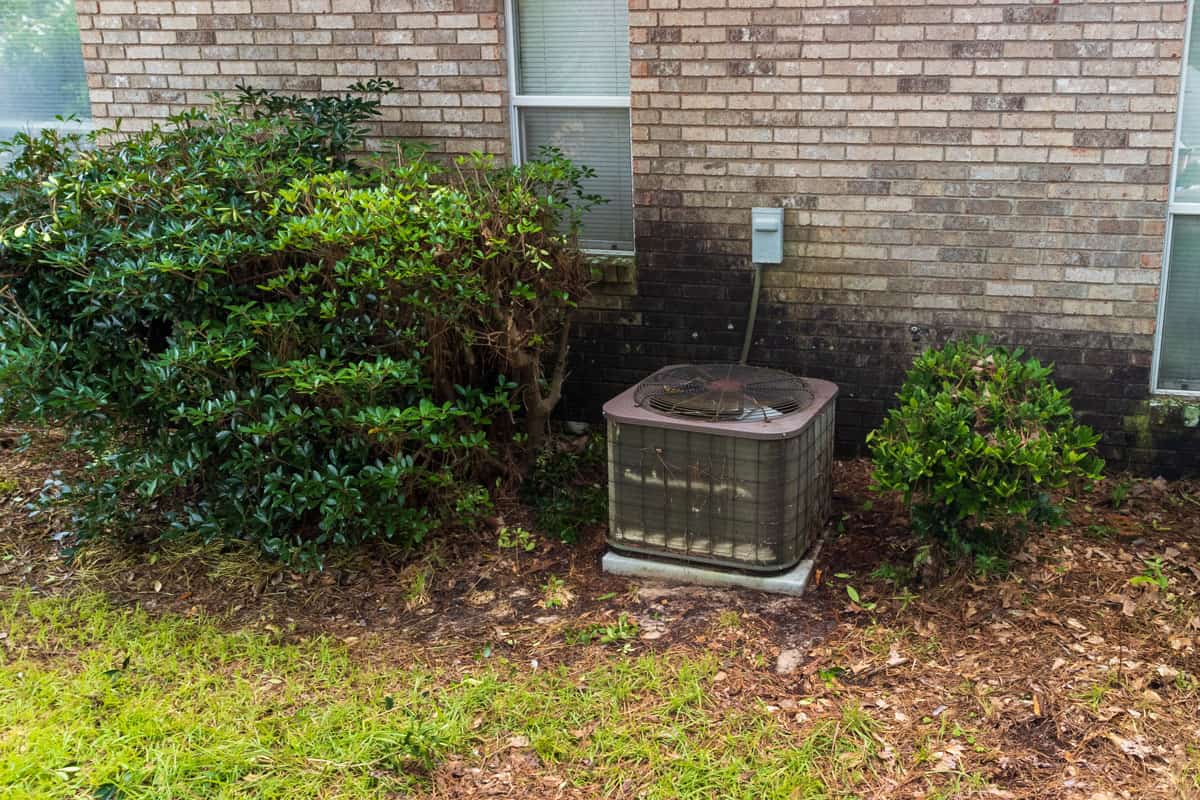
American Arborvitaes are evergreen conifer trees that can grow between 40 and 60 feet. These trees are frequently used in ornamental gardening, and they have several beautiful varieties to select from
The Thuja occidentalis 'Sunkist' has yellow foliage in the spring that turns orange yellow in the winter. This variation of the arborvitae reaches heights between 6 and 10 feet. Ideally, this plant should receive full sun to partial shade.

Another option is the Thuja occidentalis 'Rheingold.' These shrubs reach heights between 3 and 5 feet with a width of up to five feet. They will grow into a more rounded shape than other American Arborvitaes.
2. Boxwood (Buxus Spec.)

Boxwood plants are one of the oldest known gardening plants in existence. These shrubs prefer full sun to partial shade and are typically suited for USDA zones 5-9. Boxwoods are relatively low maintenance. They are commonly used for privacy and for creating hedges.
One great boxwood variety is the Buxus 'Green Mountain.' This is considered a shrub or a small tree. It has a mature height that is between 4 and 5 feet tall. So, these will be more successful at blocking larger AC units. These varieties enjoy full sun to partial shade. They are hardy for USDA zones 5b-8a.
In addition, the American Boxwood, Buxus sempervirens, is another excellent shrub choice. These evergreens need full sun to partial shade. They can grow to heights ranging between 15 feet and 20 feet. However, you can keep these shorter by pruning them.
3. Pacific Yew (Taxus Brevifolia)
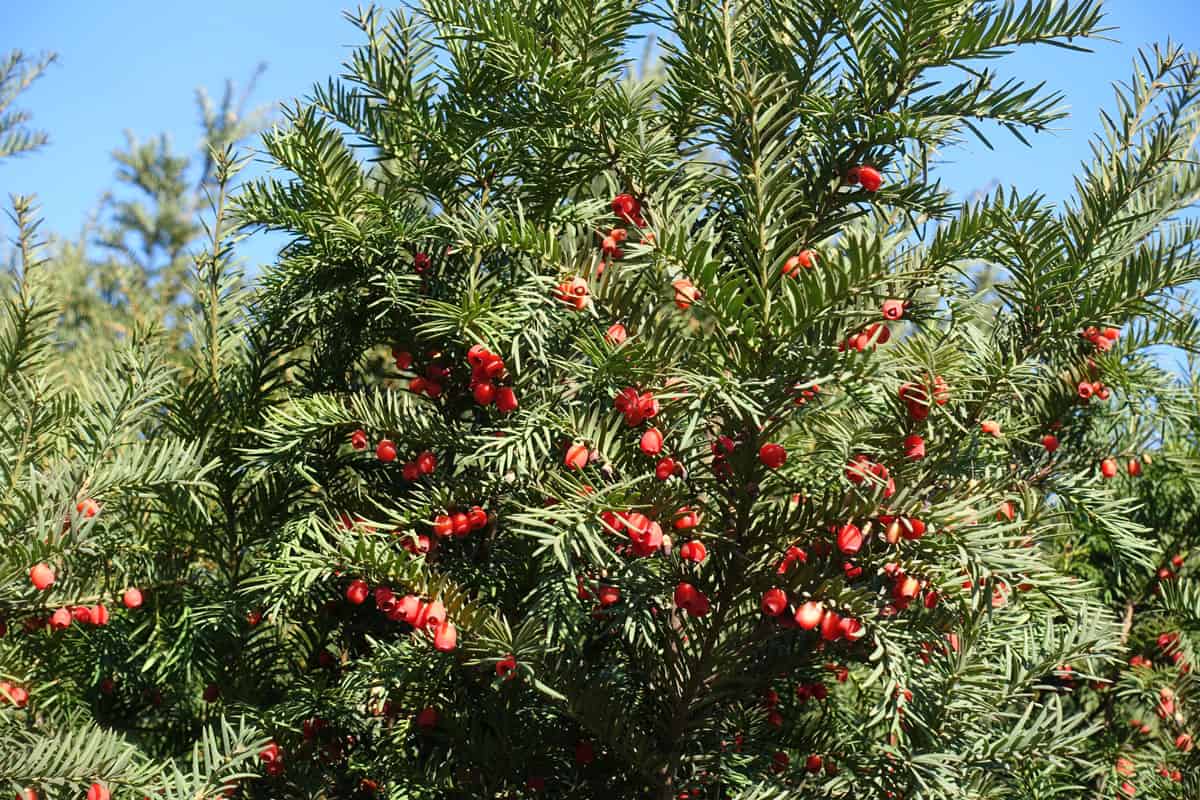
The
Ideally, you should give these plants anywhere from 3 to 6 feet of space when planting. The Pacific yew is hardy for USDA zones 5-9. They are resistant to shade, wind, and dry soil.
Unfortunately, this tree is poisonous. Its bark, leaves, and seeds can cause problems for people, cats, dogs, and horses. Pacific yews are susceptible to needle blight and root disease. They have also been known to rot from the inside.
4. False Holly (Osmanthus Heterophyllus)
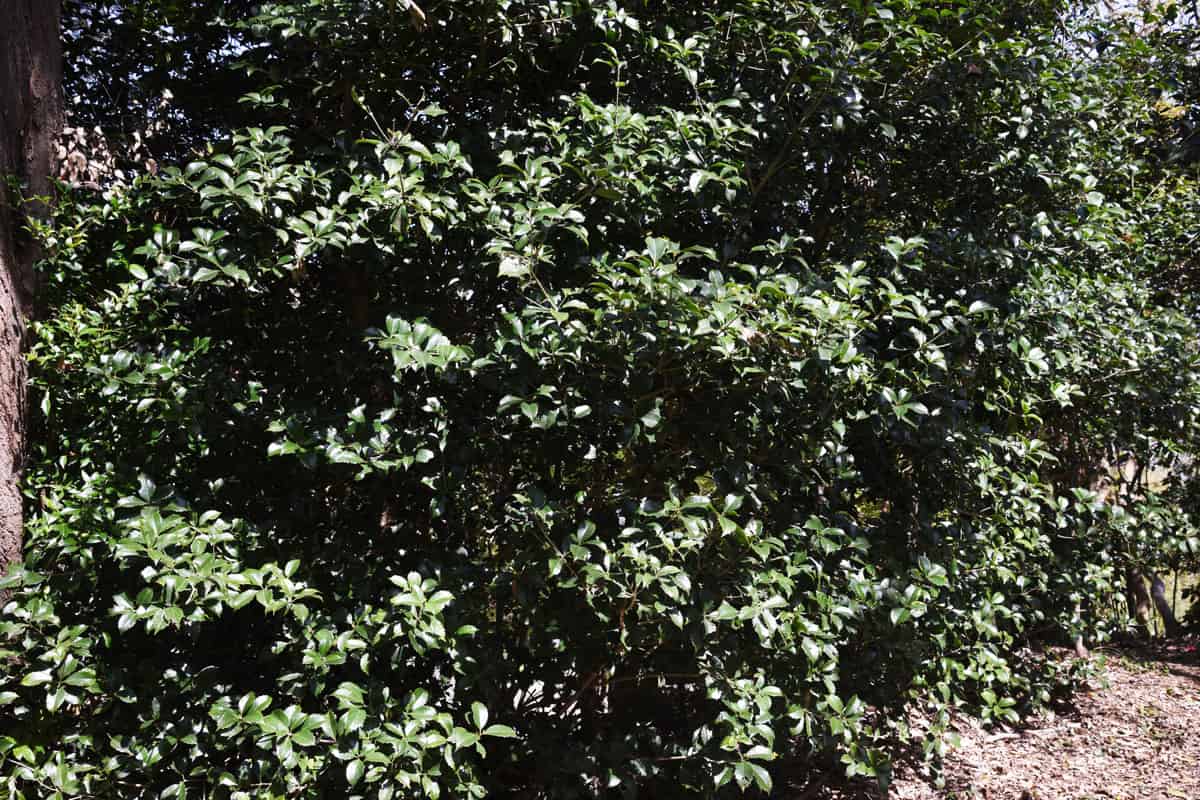
False Holly is a slow-growing, dense, evergreen shrub. It can grow between 6 and 21 feet high and between 5 and 10 feet wide. This low-maintenance bush is tolerant of alkaline soil, though it prefers acidic. In addition, false holly doesn't have any serious disease or pest problems.
You should plant these shrubs in full sun to partial shade. False hollies are hardy for USDA zones 6b-9. In the fall, these bushes produce white, aromatic flowers.
5. Hedge Bamboo (Bambusa Multiplex)

An interesting plant you can use for privacy is the hedge bamboo. These shrubs can grow between 10 and 25 feet tall with a width between 4 and 6 feet.
Bamboo grows very rapidly. Each shoot will reach its maximum height within the first year. After that, all growth will be contained to the production of new leaves and branches.
Hedge bamboo tolerates full sun to partial shade. You should keep the soil moist when first planting. Once your bamboo is established, it is drought tolerant. These plants are hardy for USDA zones 6b-9.
6. Cherry Laurel (Prunus Laurocerasus 'Otto Luyken')
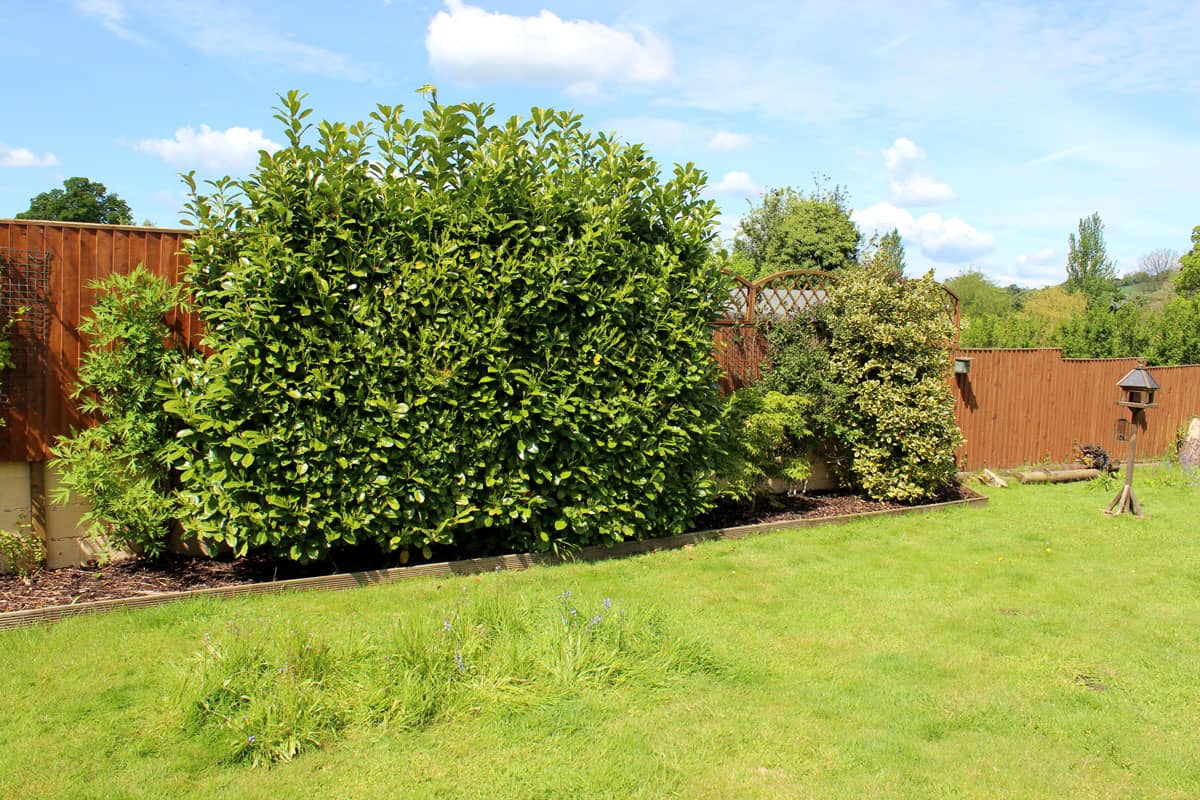
Cherry Laurels are evergreen shrubs that have flowers in the spring and fruit in the summer. The 'Otto Layken' cultivar has won the Award of Garden Merit.
These plants prefer well-drained soil that is high in organic matter. While this cultivar tends to be more resistant to diseases than others, it still has its share of problems. The Cherry Laurel doesn't do well with high fertilization and is susceptible to shot hole and powdery mildew.
7. Common Juniper (Juniperus Communis)
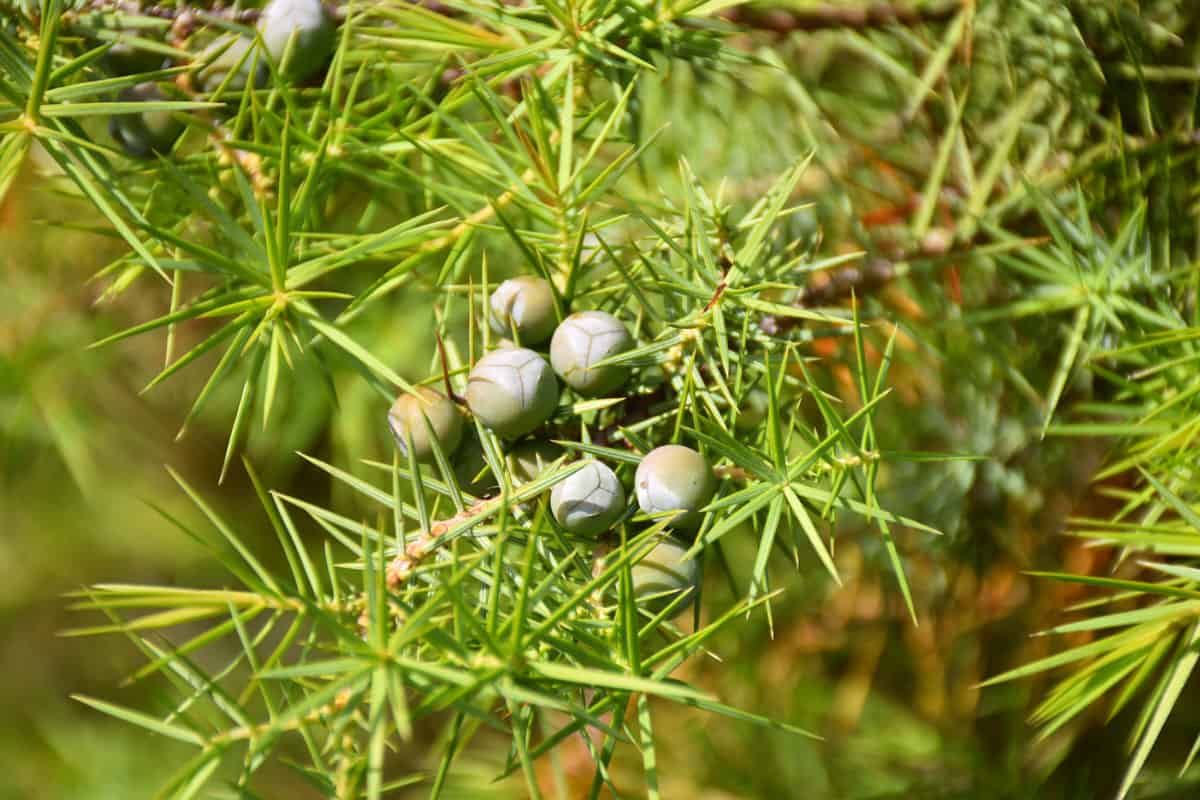
The common juniper is one of the most widespread species of juniper. It is considered an evergreen shrub or small tree. It has edible fruit and is very fragrant. The common juniper can grow between 5 and 10 feet high.

Comments
Post a Comment